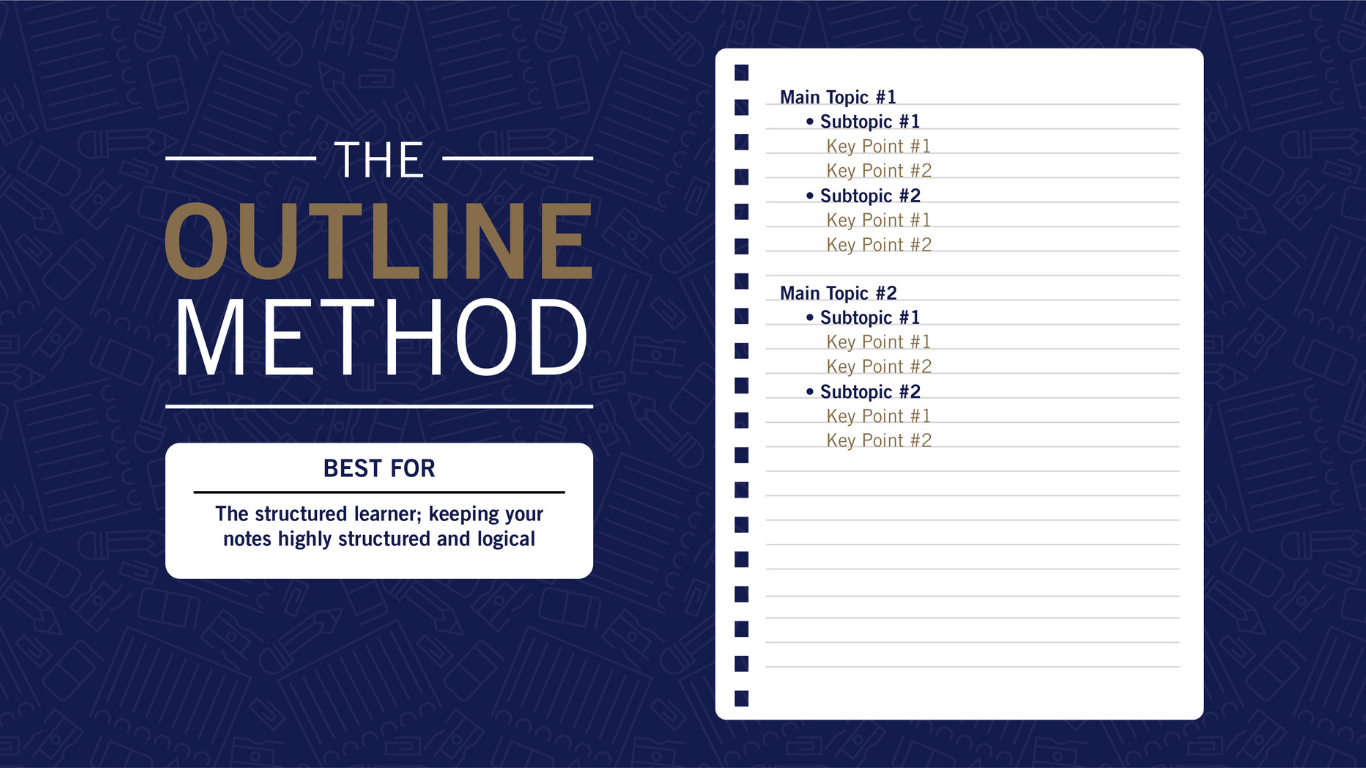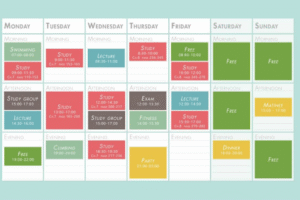
🧠 Effective Note-Taking Methods for Students: Cornell, Mapping, Outlining & More
Introduction: Why Good Note-Taking Skills Matter
Taking good notes is more than just writing down what you hear or read—it’s a learning strategy. Effective note-taking helps you focus, organize information, and remember what you’ve studied. Whether you’re in school, college, or preparing for competitive exams, using the right method can improve both understanding and performance.
What Makes Notes Effective?
Not all notes are helpful. Effective notes should be:
✅ Clear – Easy to read and understand later
✅ Structured – Follow a logical format
✅ Personalized – Adapted to your style and learning needs
✅ Active – Involve thinking, summarizing, and connecting ideas
Top 5 Note-Taking Methods
Let’s explore the most trusted and research-backed note-taking styles students can use:
1. Cornell Method
Best For: Summarizing lectures and textbooks
Structure: A page is divided into three sections:
- Cue Column (Left): Keywords, questions
- Note-Taking Area (Right): Main notes during class or reading
- Summary (Bottom): Write a short summary after the session
🧠 Why It Works: Encourages review and reflection, not just passive copying.
✍️ Example:
| Cue (Keywords) | Notes |
|---|---|
| Photosynthesis | Plants use sunlight to make food. Occurs in chloroplasts… |
| Mitochondria | Powerhouse of the cell… |
2. Mapping Method
Best For: Visual learners, understanding relationships between ideas
Structure: Start with a central idea and branch out with sub-topics using lines or arrows
🧠 Why It Works: Helps in understanding complex topics and seeing the big picture.
✍️ Example:
Topic: Human Digestive System → Breaks into: Mouth, Esophagus, Stomach, Intestines → Further broken into functions and enzymes
3. Outlining Method
Best For: Subjects with clear structures (History, Biology)
Structure: Use bullet points or numbered headings to show hierarchy of ideas
- I. Main Topic
- A. Sub-topic
- Details
- Examples
- A. Sub-topic
🧠 Why It Works: Keeps things organized and is ideal for structured subjects.
4. Charting Method
Best For: Comparing facts or data-heavy subjects (e.g., Economics, Science)
Structure: Create a table with columns and rows
| Topic | Definition | Example | Key Point |
|---|
🧠 Why It Works: Great for memorizing facts, formulas, and comparisons.
5. Sentence Method
Best For: Fast-paced lectures, unfamiliar topics
Structure: Write each new point as a separate sentence
- The brain uses 20% of the body’s energy.
- Neurons communicate through electrical signals.
🧠 Why It Works: Quick and flexible, easy to convert into summaries later.
When to Use Each Method
| Subject | Recommended Method |
|---|---|
| History | Outlining, Cornell |
| Science | Mapping, Charting |
| Math | Charting, Sentence |
| Literature | Cornell, Mapping |
| Business/Stats | Charting, Outlining |
Choose a method based on the subject and your personal learning style.
Digital vs. Paper Notes: Pros and Cons
| Format | Pros | Cons |
|---|---|---|
| Digital | Easy to organize/search, edit, and back up | Can be distracting, less retention for some |
| Paper | Better retention, less screen time | Harder to edit or share |
🔍 Tip: Try digital for organizing and paper for deeper learning.
Practice and Adapt Your Method
There is no “one-size-fits-all” in note-taking. Try different styles, mix methods, and find what works best for you. The key is consistency and reviewing your notes regularly.
Remember, notes aren’t just for writing—they’re for learning.



